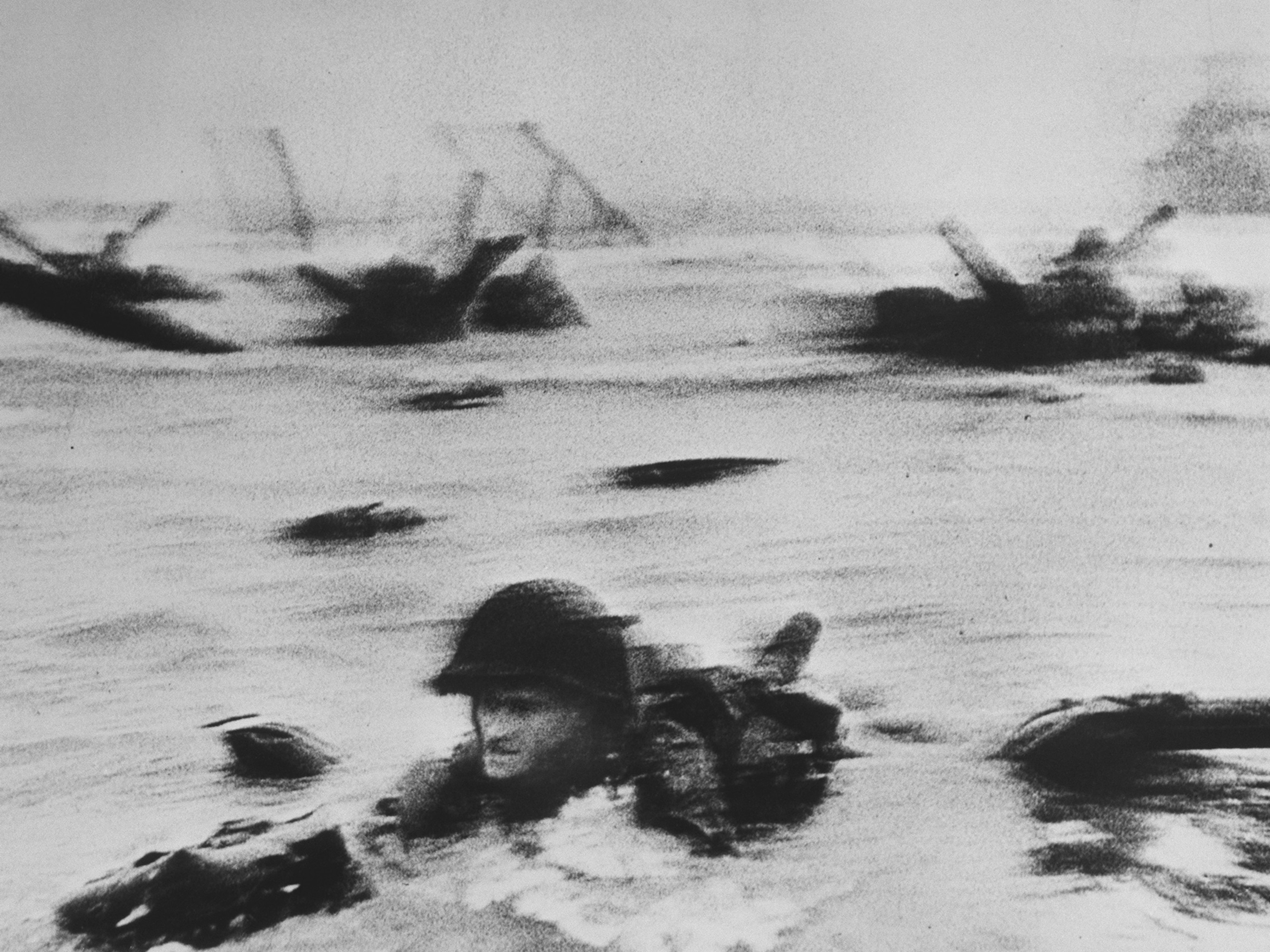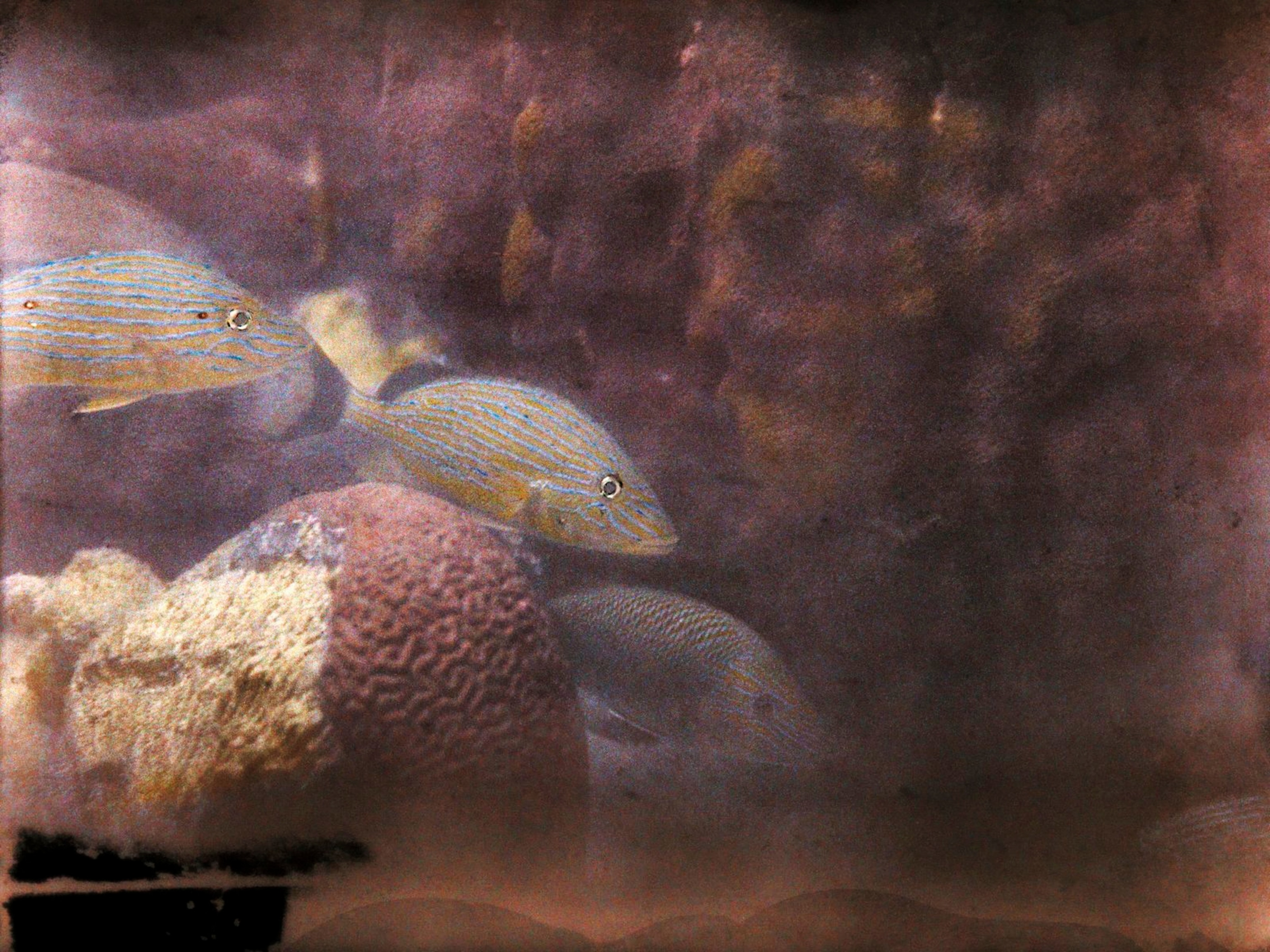A Photographer’s Portrait of the World’s Youngest Country
We talk to photographer Dominic Nahr about his time documenting South Sudan.
Six years ago, Dominic Nahr arrived in southern Sudan to document the culmination of a half-century struggle for independence. In 2011, South Sudan, the world’s newest country, was born. Nahr, a Swiss photojournalist based in Kenya, continued to visit as nation building dissolved into civil war two years later. He captured civilians fleeing from military attacks into swamps and battles between Sudanese troops and their southern counterparts. As South Sudan celebrates its fifth birthday on July 9, leaders have struck a peace deal, and the country rests on a fragile stability. After a recent visit, Nahr reflects back on watching the young nation struggle to take root. –Nina Strochlic
JEHAN JILLANI: When, and why, did you decide to become a photojournalist?
DOMINIC NAHR: I never had much of a choice. In 2004, the photographer Hugh Van Es, who documented the war in Vietnam and who won a Pulitzer for his work, saw my pictures and asked me if I was good in school. I said no. He said, “Good. So you’re becoming a photographer now.”
He called up the newspaper the South China Morning Post, and that’s where I started. I hadn’t worked as a photojournalist until then but was thrown in at the deep end. My first teachers were the veteran photographers at the paper. They gave me a camera, a Canon 1D, took duct tape to cover the screen, set the camera on manual mode, and threw away the lens cap. They said I wasn't going to have an easier time just because I was shooting digital.
JEHAN: You originally started photographing Sudan on assignment about six years ago. What was it about your initial experience there that made you so invested in the region?
DOMINIC: I had moved to Nairobi, Kenya, a year before I started photographing in Sudan in 2010. It became quite clear early on that I’d be documenting the process of the youngest country in the world gaining independence. These are the rare privileges you have as a photojournalist—to be at the forefront and witness how history is changing. South Sudan is wild. It’s the bush. It’s violent, pure, and sad. And every time you go it’s different.
JEHAN: South Sudan is the world’s youngest country, already regarded as a failing state. How have you seen it change since you started shooting there?
DOMINIC: I think the moment I realized that things would go wrong was the morning after South Sudan's independence in 2011. Some wealthy countries had invested in new motorcycles for the independence parade and proud South Sudanese men had worn helmets and uniforms and had driven calmly past John Garang’s memorial site. The next morning I saw the same bikes again, but people were not wearing any helmets, or uniforms, and they were driving like madmen.
JEHAN: Could you talk a little bit about how the war has affected the South Sudanese people?
DOMINIC: South Sudan has been at war since 1955, with brief breaks in between. Just think about that. We judge South Sudan, but you have to take this into consideration. I think the people are tired of the constant threat.
JEHAN: Tell me about a few photographs that you've made that have particularly stuck with you.
DOMINIC: The most powerful, poignant photographs are ones that tell the story of the war.
The photograph of the dead man lying in oil was one such image that comprised of everything. It looked like he was floating in the sky. At the same time he was a victim of the oil wars, and I never got to know his personal story.
There was also a portrait that I made, in late 2015, of a man that was brought into the MSF hospital in Lankien, in Jonglei state, where I was working at. He was lucky he only got shot in the face. It was a clean shot that broke some bones but nothing else.
Warning: some readers may find the following photograph disturbing.
JEHAN: When do you plan on going back to South Sudan? Are there specific individuals or places that you would like to continue photographing?
DOMINIC: I invested a lot of time and emotions into documenting the fifth anniversary on July 9. It took some energy, and I thought that I’d be finally done with this story. It’s not over yet, though. People are suffering, and we can’t turn a blind eye to it. South Sudan makes me believe in the work I do.
Dominic Nahr's work on South Sudan will be on exhibit in Arles, France, through September 25 as part of the Les Rencontres d’Arles photo festival. You can see more of his work here.
Jehan Jillani is an associate photo editor at National Geographic. Follow her on Twitter and Instagram.
Nina Strochlic is a writer for National Geographic magazine.



